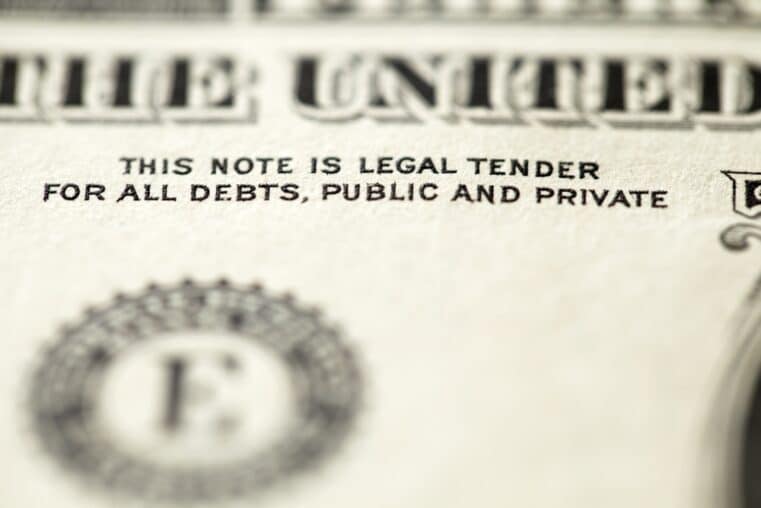
Goldman Sachs Just Sounded the Alarm—Forget Bonds, Gold Is the New Lifeboat for Pension Survival
The Collapse of the 60/40 Fantasy
The old model is dead. Goldman Sachs, in a rare moment of candor, has officially thrown the 60/40 strategy onto the funeral pyre. Their analysts—Daan Struyven, Lina Thomas, and Samantha Dart—didn’t shout it from the rooftops. Instead, they muttered it in the fine print of their latest institutional guidance: bonds are no longer a safe haven. In fact, they're a liability.
Why the sudden shift? Because the central banks that create money out of thin air are no longer betting on their own IOUs. They’re backing away from bonds and stockpiling gold with the urgency of doomsday preppers. Since the spark of the Ukraine conflict, this flight to hard assets has accelerated into a full-blown exodus. It’s not just sovereign treasuries anymore—pension funds, endowments, and major allocators are all joining the gold rush.
This isn’t about tweaking asset mixes. It’s a full-scale evacuation from a rigged game.
Gold Replaces Bonds as Institutional Bedrock
What Goldman has quietly admitted is nothing short of revolutionary: gold is replacing bonds as the core stabilizer in institutional portfolios. Not crypto. Not commodities. Gold. Why? Because it’s the only asset that doesn’t owe anyone anything. It carries no counterparty risk. No reliance on central bank policy. No exposure to sovereign debt time bombs.
Even Goldman’s own presentation materials show a massive pivot away from bond exposure toward gold. That shift is a de facto indictment of Fed-controlled financial engineering. And while oil still has some role to play as an inflation hedge, even the masters of market manipulation now concede that gold has taken the throne.
Make no mistake—this is a regime change.
The Numbers Don’t Lie—Gold Is the New Default
Goldman laid out two institutional archetypes in their research—both concluding that bonds no longer serve as a viable hedge. Their exact phrasing? “Gold is the core hedge.” Translation: gold is no longer an alternative. It’s the default.
And it gets deeper. Goldman referred to gold as “neutral collateral”—a phrase that might sound technical, but it’s actually prophetic. It signals a coming shift toward a monetary system where trust is gone and hard assets are required to settle accounts. When trust in governments and their digital currencies evaporates, only tangible stores of value will remain standing.
Gold, in this context, is the last firewall against systemic collapse.
What Goldman Isn’t Telling You
Read between the lines, and Goldman’s “guidance” reads like a coded distress signal to insiders. This isn’t just about chasing yield or hedging inflation. It’s about insulating portfolios from the collapse of a regime that can no longer hide its insolvency with monetary tricks.
Central banks know it. Institutional investors know it. And now Goldman Sachs knows it too. While the media distracts the masses with talk of “soft landings,” the real players are preparing for hard resets.
This shift is no longer speculative—it’s strategic. The transition away from government bonds and toward real assets is not about returns. It’s about survival.
Final Word: You’ve Been Warned
Goldman’s quiet pivot toward gold is a moment of rare honesty from the monetary establishment. If even the high priests of fiat are hedging with metal, what excuse does the average investor have for staying blind?
Don't wait for another crisis to reveal what’s already obvious to those paying attention.
Download Bill Brocius’ free guide, “7 Steps to Protect Your Account from Bank Failure”, and start reallocating your wealth into assets that the Federal Reserve can't print into oblivion:
Or get direct insights from the man himself—subscribe to Bill’s Inner Circle newsletter for just $19.95/month and gain access to the real playbook before the next leg of the collapse.
📘 Also, don’t forget to grab your copy of Bill’s hard-hitting book, “End of Banking As You Know It.”
This is how we fight back—by stepping outside the system that’s already set to fail.











